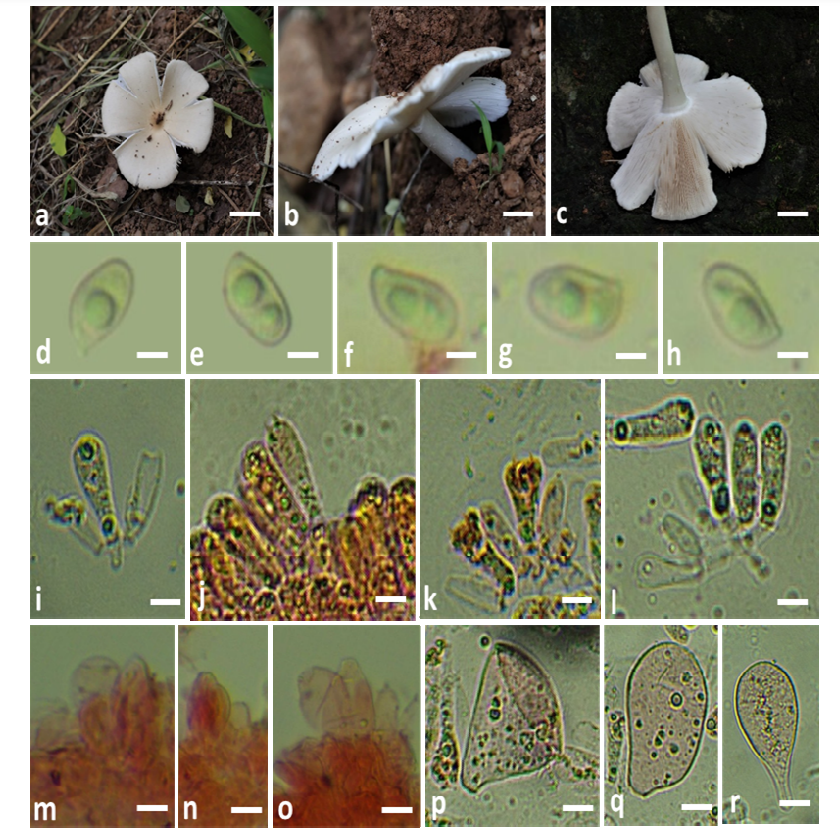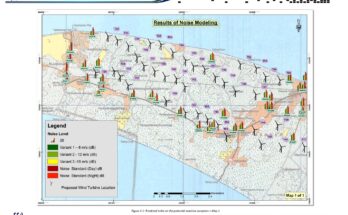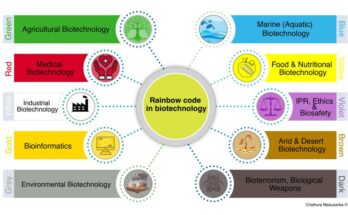Researchers from the Center for Mountain Futures at Kunming Institute of Botany, Chinese Academy of Sciences, and the Center of Excellence in Fungal Research at Mae Fah Luang University have made an exciting discovery in the wet zone of Sri Lanka. They have identified and described a new species of agaric mushroom called Termitomyces srilankensis. The research, led by Dr. Aseni Navoda Ediriweera, Dr. Pietro Voto, Professor Samantha Chandranath Karunarathna, and Dr. Bulathsinhalage Chamath Dilshan, involved a combination of morphological analysis, molecular identification, and phylogenetic support.
Termitomyces srilankensis exhibits distinct characteristics, micah parsons jersey asu jersey ohio state jersey micah parsons jersey Ohio State Team Jersey ohio state jersey OSU Jerseys 49ers jersey florida state football jersey custom football jerseys detroit lions jersey 49ers jersey custom made football jerseys micah parsons jersey College Football Jerseysincluding a broad, convex to applanate pileus (cap) with tiny pointed perforatorium, crowded lamellulae (short gills) arranged in three tiers, and ellipsoid basidiospores. To confirm the identification, the team conducted molecular phylogenetic analysis using ITS sequencing data, effectively distinguishing T. srilankensis from closely related species such as T. fuliginosus, T. globulus, and T. heimii.
gymstick zeus 20
penn state store
isp 6 pin
wasserfilter dafi
czc redukce na sluchátka
prada schuhe 2017
χαλάκι ασφαλείας
penn state store
terrassenüberdachung
bonnet echarpe enfant garcon
jordan panda
τσαντες χιαστι trussardi
wurth zaklamp Belgium
pantofole pelose calzedonia
gymstick zeus 20

The genus Termitomyces, to which T. srilankensis belongs, is known for its symbiotic or mutualistic association with fungus-feeding termites. Fruiting bodies of Termitomyces serve as a vital food source for fungus-growing termites found in Africa and Southeast Asia. Besides their culinary value, Termitomyces species have garnered attention for their medicinal properties, including antioxidants, immunomodulators, antitumorals, and antimicrobials, which have shown promise in the treatment of neurodegenerative disorders.
The discovery of Termitomyces srilankensis contributes to the growing body of knowledge on fungal diversity in Sri Lanka. It highlights the importance of biodiversity research and the potential benefits that can be derived from understanding and harnessing the medicinal properties of fungi. Further studies are needed to explore the full extent of T. srilankensis’ medicinal potential and its ecological role within the local ecosystem.
This research serves as a testament to the importance of international collaborations and interdisciplinary approaches in advancing scientific knowledge. The scientists involved have demonstrated the significance of fungi in both ecological and medicinal contexts, paving the way for future investigations into the vast world of fungal diversity and its potential applications in various fields.



